New data published last week by Le Monde, the Guardian, and other news outlets, document 422 oil, gas, or coal production sites, whose potential greenhouse gas emissions would destroy any chance of limiting global temperature rise to 1.5 degrees Celsius and avoiding the worst impacts of climate change. The data is an excellent jumping off point for reporters around the world, at outlets big and small, national and local, to question government officials about their country’s “carbon bombs” and how they affect its climate ambitions.
The UN on Wednesday separately reported that some of the world’s “governments plan to produce around 110% more fossil fuels in 2030 than would be consistent with limiting warming to 1.5 [degrees] C, and 69% more than would be consistent with 2 [degrees] C,” the temperature rise thresholds set in the 2015 Paris Agreement. The New York Times reported that “In 2030, if current projections hold, the United States will drill for more oil and gas than at any point in its history. Russia and Saudi Arabia plan to do the same.”
This new “carbon bomb” reporting provides journalists with context for their stories about COP28 — which runs November 30 through December 12 — and fodder for follow-up reporting at home and after the summit. The fundamental question is: Will governments defuse these carbon bombs or allow the projects to proceed, despite their catastrophic climate implications?
China is responsible for the largest number of carbon bombs — 141 projects representing 28% of possible future emissions from these projects — followed by Russia (41) and the US (28). Sixty-one countries have greenlighted such projects; all, but North Korea, are signatories to the Paris Agreement. This new reporting follows up on a Guardian investigation published last year which was similarly a treasure trove of story ideas about fossil fuel projects on every continent.
The exposé in Le Monde and the Guardian is based on research by the French NGOs Data for Good and Éclaircies, which also identified financial institutions bankrolling the bombs. This is a critical area for journalists to explore; “follow the money” is usually a good idea for reporters. While few banks “directly finance carbon bombs,” notes Le Monde, “they massively support the 45 companies that operate them. In 2022, these carbon bomb developers received over $160 billion in financing, in the form of loans or bonds.”
JPMorgan Chase was the “single biggest financier,” the Guardian reported, followed by Citi and Bank of America. Three Chinese banks and three European banks, plus Wells Fargo, round out the top 10. Seven of these top 10 financiers are members of the Net-Zero Banking Alliance. In statements to the Guardian, bank spokespeople used words like “ambition,” “working to,” and “taking pragmatic steps” to describe their efforts to align their lending portfolios with the goal of net-zero emissions by 2050. But there’s a difference between words and actions, and that gap is ripe for journalists’ inquiry.
COP28 is a fast-approaching opportunity for journalists to ask government officials, fossil fuel executives, and the bankers behind them about these “carbon bombs.” Defenders of developing more oil, gas, and coal say they are protecting humanity from economic want, but the stratospheric advance of clean energy over the past decade demonstrates there are other ways to power our economies. Meanwhile, the science is clear: Hundreds of carbon bombs and preservation of a livable climate don’t mix.
Source : Covering Climate Now

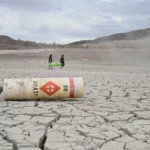

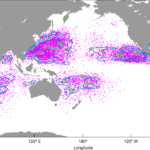



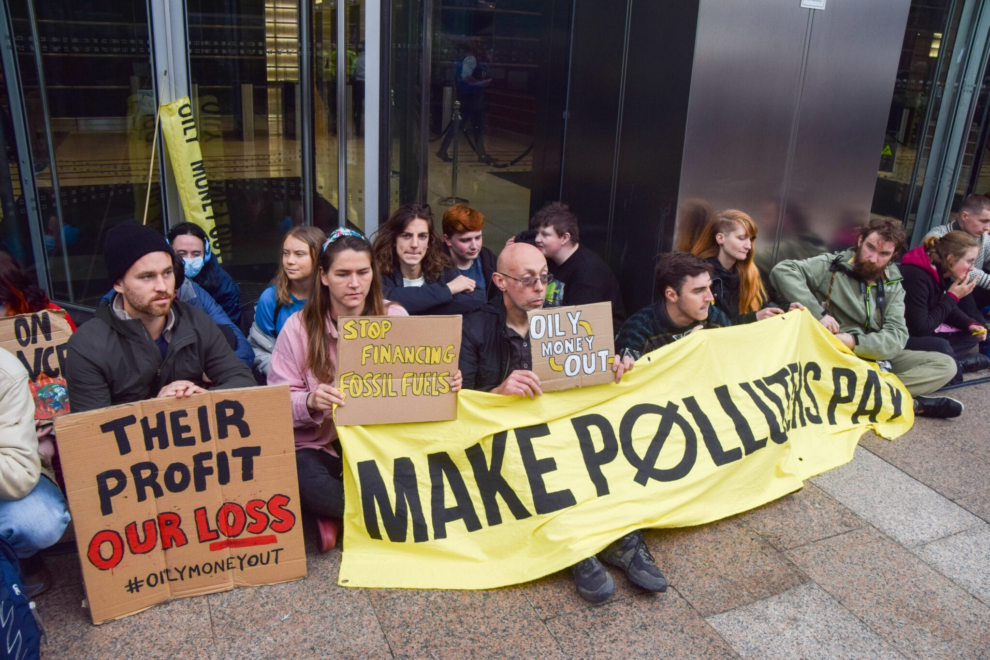
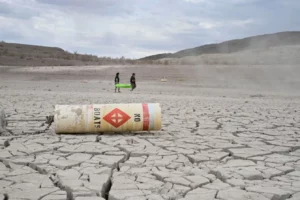

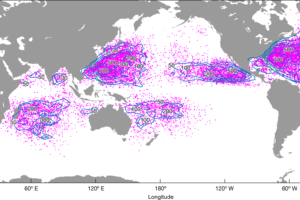
Add Comment